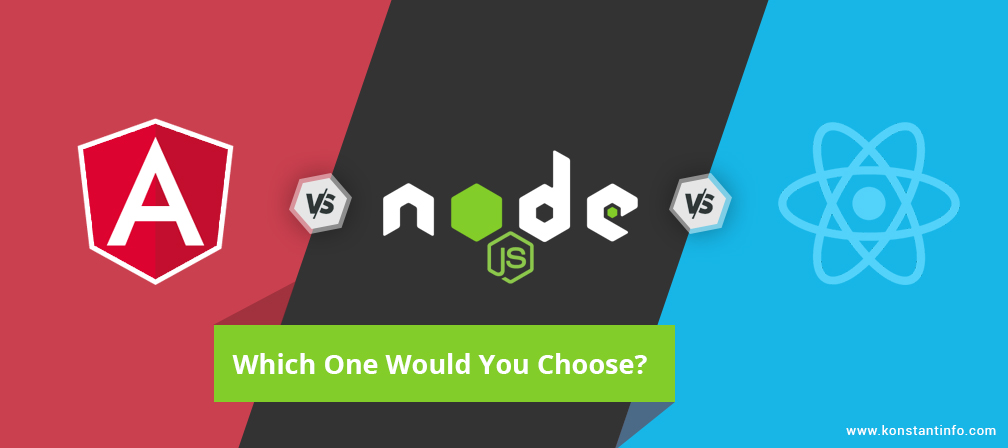
Mobile apps are estimated to set $188.9 billion USD by coming 2020 in global revenues via in-app advertising and app stores which are eventually going to become a huge opportunity for business.
Besides the technical and functionality shortcomings, non-native mobile apps cannot compete in a real sense with user-experience and responsiveness of the native approach. The slightest dissatisfaction can lead to uninstalling the app and simultaneous poor retention rate. And as the native applications give more control to the users its best to stick with it and do not sacrifice on the design elements that are unique to each platform.
Native applications are favoured by developers due to security, intuitiveness, best performance, fewer bugs, accessing most of the features of the device. But it is equally essential to have an app that is impressive, works efficiently and seamlessly integrates with the mobile operating systems.
But hybrid apps are a way to go in case you really do not bother about overall user experience and have to make quick apps that are on most of the scales equivalent to native counterparts and are cost-efficient too.
It’s not an entirely new invention, React Native got invented a few years ago along with ReactJS by Facebook. While the latter was developed to work on the web as open source, Facebook was struggling with its mobile application. They wanted the same application to run seamlessly on both Android a well as iOS to avoid work duplication and asymmetrical applications.
React Native is a framework based on JavaScript that enables preparing native-like mobile apps. These will emerge out to be fully functional and will be able to run on both platforms (Android as well as iOS) seamlessly and have to be coded in just one language.
Solving all these problems neatly, React Native cleverly resolves this issue by building an app in JavaScript (Cordova already does it! Why would anyone make use of React Native (RN)?) and then deploying it on Android or iOS platforms.
Apps based on Cordova run inside a web view while apps based on React Native render using native views.
RN apps have direct access to all the Native APIs and views offered by the underlying mobile OS. Thus, RN apps have the same feel and performance as that of a native application.
Apps that made use of React Native components:
| 1. Facebook | 2. Townske | 3. F8 |
| 4. Facebook Ads | 5. Gyroscope | 6. Pinterest |
| 7. Walmart | 8. Wix | 9. Skype |
| 10. Bloomberg | 11. Delivery.com | 12. Tesla |
| 13. Instagram | 14. Facebook Analytics | 15. Uber |
| 16. SoundCloud Pulse | 17. Instagram | 18. adidas GLITCH |
| 19. Artsy | 20. Baidu Mobile | 21. CBS Sports Franchise Football |
| 22. Chop | 23. Discord | 24. Gyroscope |
| 25. Huiseoul | 26. JD | 27. Salesforce |
| 28. SoundCloud Pulse | 29. Tencent QQ | 30. Townske |
| 31. Vogue and lots more |
React Native is essentially a framework created by Framework to enable smooth and easy out cross-platform development. What exactly this means is that there is no requirement to develop native applications and hybrid ones separately. You are good to go just with a single codebase and a beautiful and performant app will be ready without compromising on UI/UX experience.
Mobile app development India industry long awaited one framework to cover all the development platforms. No one had any idea as to how to build an interface in iOS and Android 15 years back. It was equally difficult to prepare a platform. Market fragmentation has decreased, the efficiency of devices has increased and with this, there are just two mobile app development platforms that win most of the times – Android and iOS.
React Native can save a lot of cost in long run by offering high personalized user experience, leveraging the device features and giving better performance. This will in return help in boosting customer loyalty as well.
Also read: How Do Sequencers Like React Native vs Flutter vs Ionic vs NativeScript fare-thee-well as Compared to PWA?
React Native compiles JS code into respective native code directly. Sometimes this cannot be easily achieved since Objective C and Java is strongly typed languages but parallel React Native is a set of Native components where an individual component represents native views correspondingly.
Android and iOS developers develop native applications that involve building applications for particular mobile operating systems which can be accessed by users from dedicated app stores (such as the Apple App Store or Google Play Store).
Native app development can look lucrative in comparison to hybrid and web development to most of the companies according to myriad requirements. But as mobile software has also become a necessity for companies it is important to remain well-informed before taking up a particular app development approach. Talk to experts to know more about best React Native app development practices followed by Konstant. Get a free quote now!



Neeti Kotia is a technology journalist who seeks to analyze the advancements and developments in technology that affect our everyday lives. Her articles primarily focus upon the business, social, cultural, and entertainment side of the technology sector.
Or send us an email at: [email protected]